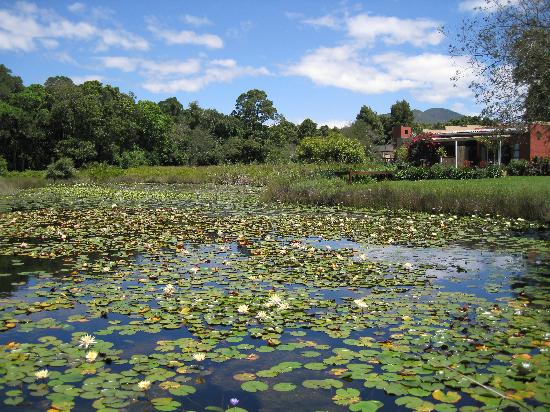Ponds are built for a variety of reasons, but two basic rules remain the same no matter where the pond is located. The pond must be sited on suitable soils and properly constructed to retain water, and there should be enough water available to fill the pond, but not so much that the pond continually flows over. Because of these requirements, careful attention and expert advice on pond site selection and construction are essential. Proper construction is one of the most important factors impacting long-term pond management.
Once a pond is built, proper maintenance extends its useful life and beauty. In addition, most farm ponds depend on runoff from their watershed (land uphill from the pond) to fill and maintain the water level. Protecting the watershed ensures a quality supply of water to the pond.
For ponds built for recreational fishing, there is no advantage in deep ponds (over 12 feet to 14 feet deep) or to a deep area within the pond. Deep ponds are not more productive and tend to have more oxygen problems. Ponds should not have extensive shallow areas (less than 3 feet deep) unless aquatic plants are desired. Constructing ponds to drop off rather quickly to a depth of at least 2 1/2 feet helps prevent aquatic weed growth.
The Natural Resources Conservation Service (NRCS) publication “Ponds – Planning, Design, Construction” contains very detailed information on design surveys, site selection, drainage area, pond layouts, soil analysis and spillway construction. I recommended that you contact the NRCS for assistance in pond site selection and construction, to make sure the site, watershed, and soils are adequate.
The NRCS can ensure that you select the best location for your pond, and they even offer cost-share programs for some landowners. I highly suggest contacting the NRCS prior to contacting a pond construction contractor to build your pond. Additional information on pond design and construction as well as other aspects of pond management are available from the NRCS, so make sure to take advantage of this free resource.
